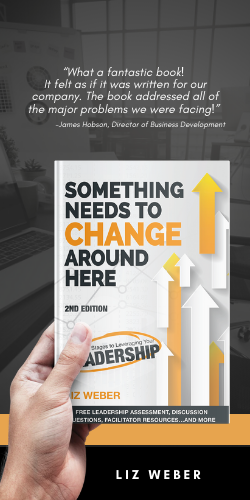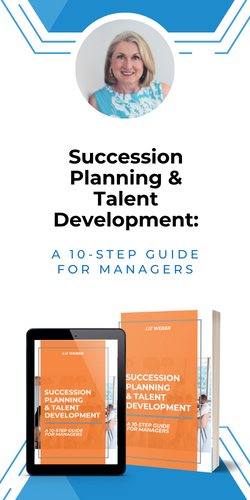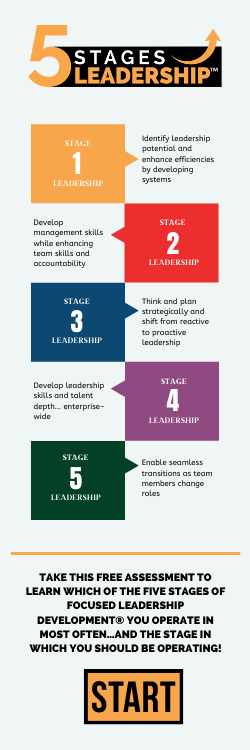Managing change has become a never-ending but essential part of every leader’s job. It’s become ubiquitous. It’s something we, as the ‘recipients’ of change, are begrudgingly accepting more and more often, and it’s therefore something we, as leaders and often the ‘instigators’ of change, need to improve upon. Why? Because we’re still too often forcing our team members to ‘just deal with’ the never-ending changes instead of helping them absorb and adopt the changes.
We’re still too often forcing our team members to ‘just deal with’ the never-ending changes instead of helping them absorb and adopt the changes.
As the ‘recipients’ of change, we often have to learn how to implement and manage change by default as we react to it. We know what it feels like to have change foisted upon us, without notice and without ever being asked if we want the change. We know the frustration of having to accept someone else’s opinion of what and when change is needed to make our lives easier, and we can relate to the irritation of having to accept someone else’s opinion of the ‘improvement or upgrade’ necessary, even when we are completely happy with the way things are. Needless to say, when we are the recipients of this cavalier approach to implementing and managing change by others, we resist and sometimes push back. Because of this, when a change has been foisted upon us, the phrase ‘manage change’ has come to mean: ‘deal with it’ instead of ‘understand it, want it, and welcome it’.
When a change has been foisted upon us, the phrase ‘manage change’ has come to mean: ‘deal with it’ instead of ‘understand it, want it, and welcome it’.
So, as leaders, how can we be more intentional in effectively managing change?
First, we need to lead the change initiative by planning and managing its technical and human implementation and adoption. Managing change, for all intents and purposes, means the change initiative is well underway and its various players and moving parts are being led, communicated with, and coordinated – i.e., they’re being managed. Effective change management should mean there’s a well-thought-out change implementation plan to address the technical aspects of the change initiative, and there’s a change adoption plan to communicate and support the human aspects of the change initiative. However, truly effective change leaders know that moving the change communication and adoption plan out first helps smooth the way for the ‘technical’ improvements or upgrades to come.
Therefore, the second step in effective change leadership and management is to ensure change messaging can get out ahead of any ‘recipient’ experience. When we’re able to shape the recipient’s anticipation of and reaction to the changes, we’re able to increase the potential for enhanced recipient curiosity, interest, understanding, and acceptance. When we fail to get the messaging out ahead of the recipient experience, we rightly experience backlash, questions, doubt, and a loss of credibility. Why? We’re once again forcing our teams to react to a change. They’re caught off-guard. Once again, the recipients have had no input or ability to ask questions about the change and its impact on their lives. As leaders, we’ve determined what will impact their lives, and we’re forcing our teams to adjust their lives to accommodate our actions. We’re forcing them to ‘deal with’ the changes we’ve initiated instead of understanding them, wanting them, and welcoming them.
If you are responsible for leading and managing changes in your organization, be responsible and communicate change ahead of your actions. Help your teams understand, want, and welcome change.
Copyright MMXXI – Liz Weber, CMC, CSP – Weber Business Services, LLC – www.WBSLLC.com +1.717.597.8890
Liz supports clients with strategic and succession planning, as well as leadership training and executive coaching. If you need to communicate change to your team or just want to learn more about Liz, connect on LinkedIn!

























